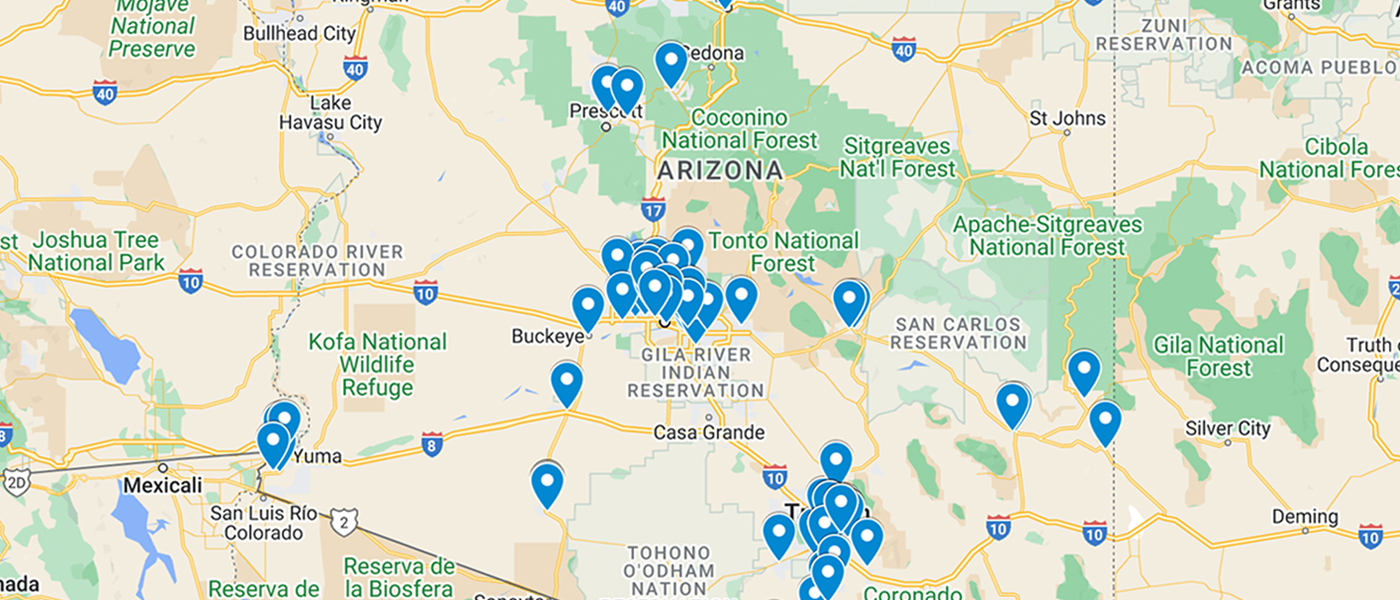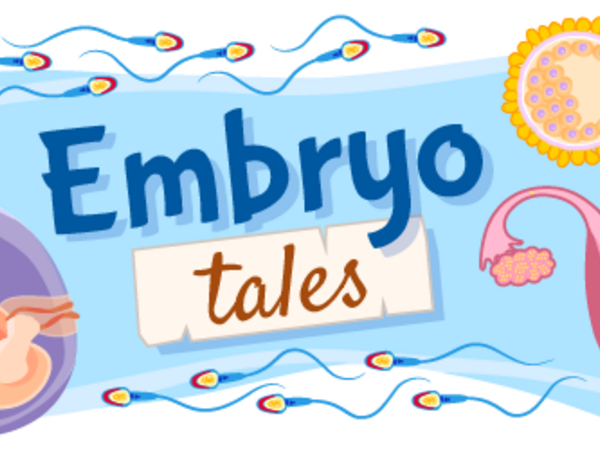
THE EMBRYO PROJECT ENCYCLOPEDIA
Recording and contextualizing the science of embryos, development, and reproduction
Recently published
Jul 10, 2024
In 1983, researchers Alan Trounson and Linda Mohr published the article “Human Pregnancy Following Cryopreservation, Thawing and Transfer of an Eight…
Jul 09, 2024
In February 1975, leading biology researchers and lawyers participated in what became known as the Asilomar Conference, a meeting to discuss and…
Jul 08, 2024
In 2021, the World Health Organization, or WHO, published the sixth edition of their Laboratory Manual for the Examination and Processing of Human…
Recent news

Browse by subject

The Embryo Project is supported by the National Science Foundation, Arizona State University, Center for Biology and Society, the Max Planck Institute for the History of Science in Berlin, and the MBL WHOI Library.


